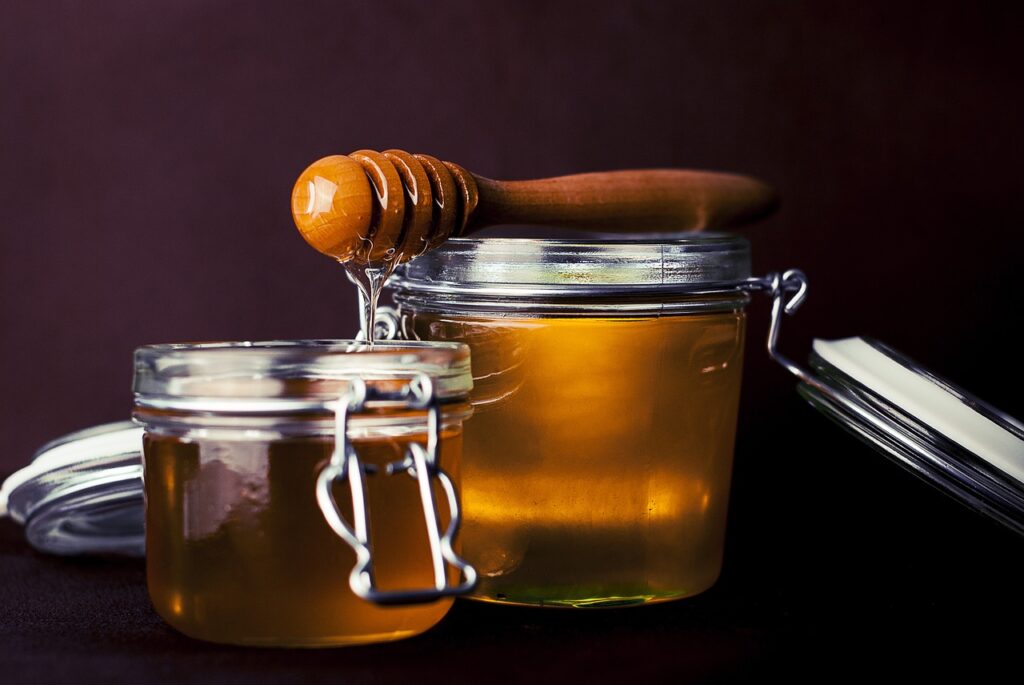How Long Does It Take for Moisturizer to Absorb?
Ever slathered on your favorite natural moisturizer and wondered how long it’ll actually take to absorb into your skin? You’re not alone. It’s something most of us have thought about at one time or another.
For many women passionate about natural skincare, understanding this simple yet crucial aspect can make all the difference in an effective skincare routine.
Depending on the moisturizer and your skin type, it will take anywhere from 5 to 30 minutes to fully absorb into the skin. Knowing how long to allow your moisturizer to absorb will ensure you get the most out of your products, making your skin feel good and look radiant longer.
3 Key Factors Influencing Moisturizer Absorption Time
Before you apply your favorite moisturizer, it’s important to understand common factors that influence how long it takes for it to absorb into your skin. Let’s delve into a few of the key elements that affect the absorption time of moisturizers:
1. Skin Type
The type of skin you have plays a crucial role in determining how quickly or slowly a moisturizer gets absorbed.
- Dry Skin: Dry skin tends to absorb and retain moisture more slowly as it lacks natural oils and may be more damaged than other skin types. Moisturizers with richer textures and hydrating ingredients work best for dry skin types.
- Oily Skin: On the other hand, oily skin may absorb moisturizer more quickly due to its high natural oil content. Lighter, oil-free formulations are ideal for oily skin.
- Combination Skin: Combination skin, which is a mix of dry and oily areas, may require a balanced moisturizer to ensure even absorption. We’d recommend using something heavier on areas of the skin prone to drying.
- Sensitive Skin: Sensitive skin types may need fragrance-free and hypoallergenic moisturizers to prevent any irritation that could prolong absorption time.
2. Product Formulation
The formulation of the moisturizer significantly influences how fast it penetrates the skin.
- Consistency: Light, water-based moisturizers tend to absorb quickly, typically within 10-15 minutes. In contrast, heavier, oil-based creams may take longer to absorb due to their richer texture.
- Ingredients: Ingredients such as hyaluronic acid, glycerin, and ceramides can aid in faster absorption, while occlusive ingredients like petrolatum may create a barrier, slowing down the process. Whenever possible, we recommend using all-natural ingredients. Light natural oils like almond oil tend to absorb very well.
3. Environmental Conditions
External environmental factors can impact the absorption rate of moisturizers.
- Humidity: High humidity levels can help moisturizers absorb more readily into the skin, whereas low humidity may lead to slower absorption.
- Temperature: Warmer temperatures can increase blood flow to the skin, enhancing absorption, while colder temperatures may slow it down.
- Air Quality: Pollution and other environmental pollutants can create a barrier on the skin, affecting the absorption of moisturizers.
Understanding how your skin type, the formulation of the product, and external conditions affect moisturizer absorption time can help you choose the right moisturizer and optimize its effectiveness in hydrating your skin.
Average Absorption Time for Moisturizer
When we understand our skin type, other factors, and how long moisturizers will take to absorb, we’ll be able to choose the right moisturizers accordingly. For example, we’d suggest using a heavier moisturizer in the winter and a lighter moisturizer if you’re planning to be involved in physical activities on a hot day.
Now, let’s take a look at what experts would typically recommend as well.
Expert Insights:
- Typically, lightweight moisturizers or lotions with a higher water content may absorb faster, taking anywhere from a few seconds to a few minutes to penetrate the skin barrier.
- Denser creams or products with occlusive ingredients might take longer, potentially up to 20 minutes to be fully absorbed.
- It’s recommended to apply moisturizer to slightly damp skin and gently massage it in upward motions for better penetration and effectiveness.
- Thinner formulations like gels or serums absorb quicker, providing an instant hydrating effect without leaving a greasy residue.
- Richer creams and body butter are designed for deep moisturization and require more time to fully seep into the skin, delivering prolonged hydration benefits throughout the day.
- Heavier formulations are especially recommended to apply right before bedtime.
Whether seeking quick hydration or long-lasting moisture, the absorption time of moisturizer plays a crucial role in determining the efficacy and comfort of your skincare regimen.
For more information on absorption times and skincare tips, you can explore additional resources here.
Maximizing Moisturizer Absorption
Moisturizing is a key step in any skincare routine, but are you getting the most out of your moisturizer? Maximizing your moisturizer’s absorption can greatly enhance its effectiveness. Here are some tips to help you make the most of your moisturizer:
5 Recommended Application Techniques
Properly applying moisturizer can make a significant difference in how well it gets absorbed into your skin. Here are some techniques to consider:
- Cleanse First: Always start with a clean face to allow the moisturizer to penetrate deeply.
- Warm It Up: Rub the moisturizer between your hands to warm it up before application. This helps to activate the ingredients and encourages better absorption.
- Gentle Massage: Use gentle, upward motions to massage the moisturizer into your skin. This stimulates blood flow and aids in absorption.
- Patting Method: Instead of rubbing the moisturizer, try patting it onto your skin. This technique can help the product to be absorbed more evenly and effectively.
- Avoid Harsh Rubbing: Refrain from rubbing your skin too vigorously, as this can cause irritation and prevent proper absorption.
Layering Skincare Products
The order in which you apply your skincare products can impact how well your moisturizer absorbs. Proper layering ensures that each product can penetrate the skin effectively. Here’s why it’s essential:
- Thinnest to Thickest: As a general rule, apply products from thinnest to thickest consistency. This allows each layer to be absorbed without interference from heavier products.
- Active Ingredients First: If you use serums or treatments with active ingredients, apply them before your moisturizer. This ensures that the potent ingredients can penetrate deeply into the skin.
- Wait Between Layers: Allow each product a few moments to absorb before applying the next one. This prevents product pilling and ensures optimal absorption of each layer.
By following these application techniques and layering your skincare products correctly, you can enhance the absorption of your moisturizers. Experiment with these tips to find the routine that works best for your skin!
Wrap-up: Patience and Experimentation
Patience and consistency are key factors in any skincare routine, and the absorption time of moisturizer plays a significant role in its effectiveness.
Importance of Patience in Skincare
Patience is a virtue in skincare, especially when it comes to waiting for your moisturizer to fully absorb into your skin. Rushing through your skincare routine can diminish the effectiveness of the products you are using. By allowing each product to absorb fully, you are ensuring that your skin receives the maximum benefits.
Factors Affecting Moisturizer Absorption
Several factors can influence how long it takes for moisturizer to absorb into your skin. The consistency of the moisturizer, the type of ingredients it contains, and the condition of your skin all play a role in absorption time. It’s essential to consider these factors and adjust your skincare routine accordingly to optimize absorption.
Experimenting for Better Results
Every individual’s skin is unique, and what works for one person may not work for another. Experimenting with different techniques, such as adjusting the amount of moisturizer used or the order in which products are applied, can help you determine the best approach for your skin. By being open to experimentation, you can tailor your skincare routine to suit your skin’s specific needs.
Final Thoughts
The time it takes for moisturizer to absorb varies depending on various factors. By practicing patience, understanding your skin’s needs, and experimenting with different techniques, you can enhance the absorption of your moisturizer and optimize the benefits for your skin. Remember, consistency is key to achieving healthy and glowing skin.


